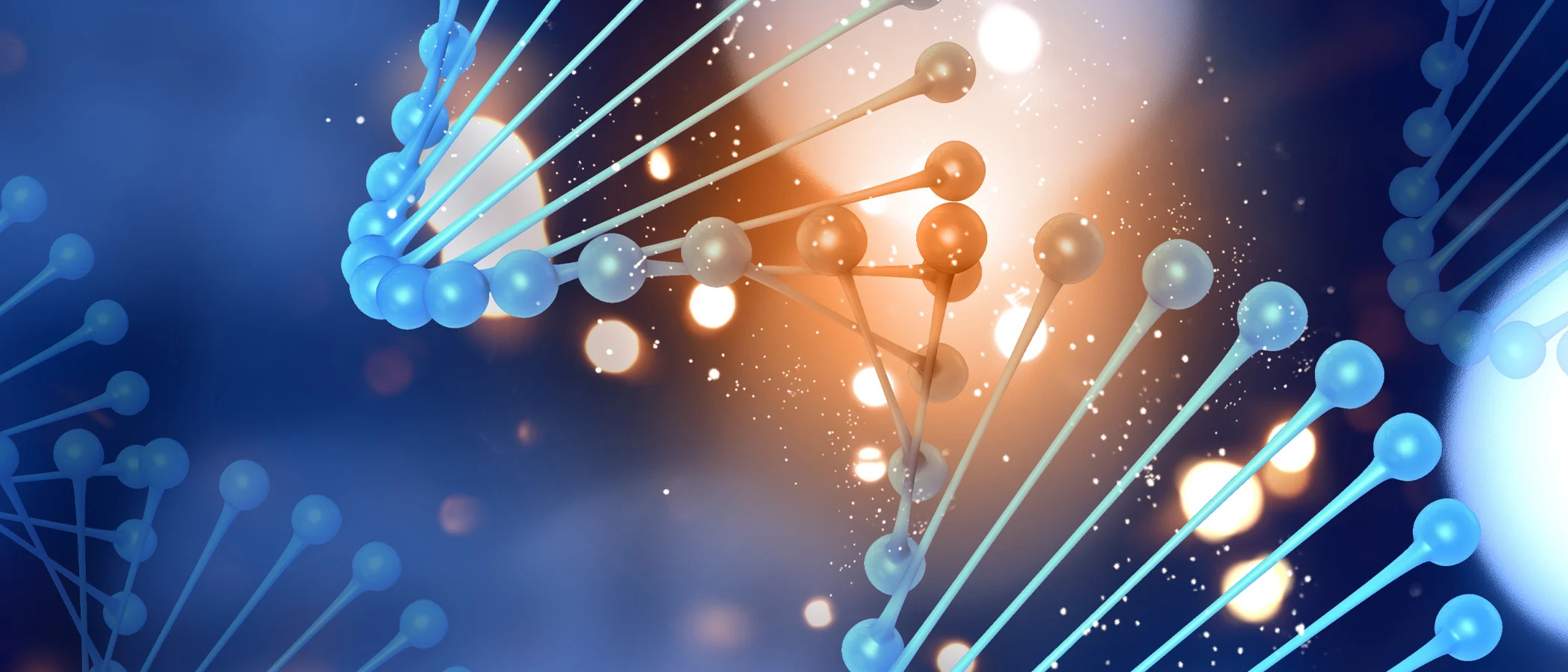
Overview
A molecular industrial revolution promises to speed drug discovery and expand horizons for materials of the future.
Nothing small about the new ways to speed drug discovery and expand horizons for future materials
Small molecules are the building blocks of medicines, agricultural products, food preservatives, flavors, fragrances, energy materials and more. The design and construction of these useful and omnipresent molecules is undergoing a molecular industrial revolution that promises to speed drug discovery and expand horizons for materials of the future.
AI is powering this transformation, which is catapulting chemists from hand-crafted synthesis to modular designs, synthetic organic chemistry, automation and more according to two leaders of this revolution: Martin D. Burke, PhD, May and Ving Lee Professor for Chemical Innovation, and Professor of Chemistry, University of Illinois Urbana Champaign; and Bartosz Grzybowski, PhD, Distinguished Professor, Department of Chemistry, Ulsan National Institute of Science and Technology (UNIS), South Korea.
Here are four takeaways they shared from the frontlines of small molecule chemistry:
Modularize the synthesis of small molecules
Standardized, interchangeable parts launched the industrial revolution. The same idea holds for chemistry. Modularization and automation of peptide and DNA synthesis have already transformed biology.
“The missing link has been carbon bonds,” said Burke. “Now there is a lot of reason to believe this is possible as well.”
Focus on function rather than molecular structure
“Borrowing from engineering principles, imagine function-infused building blocks from which you can build any functional molecule,” said Burke. “Imagine a Lego kit for making any function that you care about. Now imagine the functional potential with the power of AI and data science infused into those modular blocks so that with algorithms you can predict that function de novo. We've created a platform that it makes this possible. This is a modular construction machine that allows you to make small molecules at the push of a button using the same chemistry over and over again.”
In one application, Burke’s group focused on a complex natural product called amphotericin B, a notoriously toxic but fascinating antifungal agent that also forms ion channels.
“We modularized not just this compound, but the entire family, and created access to atomistic modifications of these structures,” he said.
In so doing, they discovered that the mechanism of action was different than widely believed. And this insight led to a first-of-its-kind molecular prosthetic for treating people with cystic fibrosis, a small molecule that can autonomously perform an ion channel function and replace a missing protein. Thanks to this modular chemistry they also created a renal-sparing polyene antifungal that has now made it into the clinic.
“This could transform the way we treat life-threatening, invasive fungal infections,” said Burke.
Solve unmet medical needs with small molecule therapeutics
Certain aspects of the drug discovery process are inherently well-suited for becoming engines for discovery.
“Kinase inhibitors make a great example,” said Burke. “Teaming up with Bartosz and others, we've asked: How do we modularize all the known kinase inhibitors? There are now 86 clinically approved kinase inhibitors that have made it across the finish line and reached FDA approval. Those molecules represent the solution for how to get there. By modularizing them through algorithms enabled by AI, we're ultimately able to get to function-infused building blocks.”
All of that history and all of those successes are now encoded in the building blocks themselves, which allowed Burke and his colleagues to build new kinase inhibitors with a huge head start in a modular fashion, with automation and AI integration. This approach allows everyone to find tomorrow's kinase inhibitors, he added.
Couple robotized chemical synthesis with AI to solve real world problems
“Imagine how we can poke the network and see how it responds,” said Grzybowski, whose group has pioneered applications of artificial intelligence and network theory to synthetic chemistry.
For example, each year millions of metric tons of chemical waste are dumped in landfills and the ocean. Grzybowski fed data about the waste molecules to a computerized engine for chemical synthesis and asked what useful things could be made from them. It turned out that 300 drugs could be synthesized from waste molecules. He teamed up with On Demand Pharmaceuticals, which is dedicated to rapid solutions to drug shortages to bring the project full circle.
Additional applications, Grzybowski explained, include reusing chemicals in medical manufacturing; finding ways to produce alternative syntheses to quickly react to market shortages of an essential molecule; blocking the supply chain for undesirable chemicals, like those used to make fentanyl; and reducing the cost of drug manufacturing by synthesizing the most-used medicines from fewer chemicals.







